Advertisement
Ponyville

Ponyville is a short interactive horror game that transforms a recognizable, cheerful world into something far more unsettling. The player steps into the role of Fluttershy and begins exploring a quiet, side-scrolling village. What initially feels like a calm and harmless walk through a familiar place quickly turns into a strange and uncomfortable journey. Without warning, the environment begins to change—subtle at first, then more direct. This shift in tone is not explained, making the player feel isolated and uncertain.
Loop-Based Structure and Visual Tension
The main mechanic of Ponyville centers around repeating paths. As the player walks left and right across the same limited space, small differences begin to appear. These changes accumulate with each loop, drawing the player deeper into a distorted version of the village. Characters may vanish, appear altered, or behave in ways that don’t make sense. Backgrounds shift slightly. The sense of control fades as the space begins to feel less stable. These gradual changes replace traditional horror elements with quiet dread.
Limited Controls, Focused Impact
The game offers very few options for interaction. There are no complex systems to manage—no inventory, no dialogue, no combat. The entire experience is built around movement and watching for differences. The simplicity of the design makes every alteration more impactful. Without distractions, players are encouraged to observe closely and interpret what they see and hear.
- Short duration suited for a single session
- Point-and-click side navigation
- No menus or player choices
- Visual and audio alterations across loops
- Ending that offers no clear resolution
Sound and Absence
Much of the tension in Ponyville comes from its use of silence. Music is completely absent, which creates an atmosphere where even small sounds feel important. Ambient noises—footsteps, wind, distorted effects—take center stage. Occasionally, a loud or jarring sound breaks the quiet, pushing the player out of any sense of comfort. The lack of explanation or dialogue adds to the experience, making it feel more personal and disorienting.
Uncertainty and Experience
Ponyville does not guide the player or explain what is happening. There are no tutorials or story summaries. Instead, it invites players to walk, observe, and make sense of the changes themselves. This approach leaves room for multiple interpretations. Whether seen as a commentary on memory, fear, or the corruption of innocence, the game’s power lies in its simplicity. It turns a familiar format into a controlled space for slow-building horror, using minimal tools to leave a lasting effect.
Advertisement









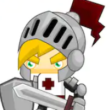















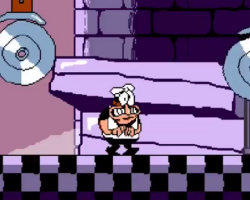
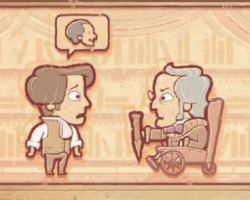

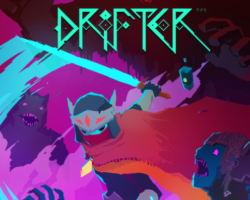





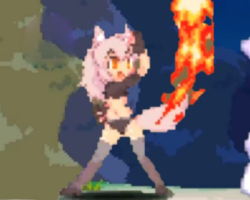






































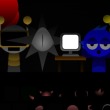












Comments